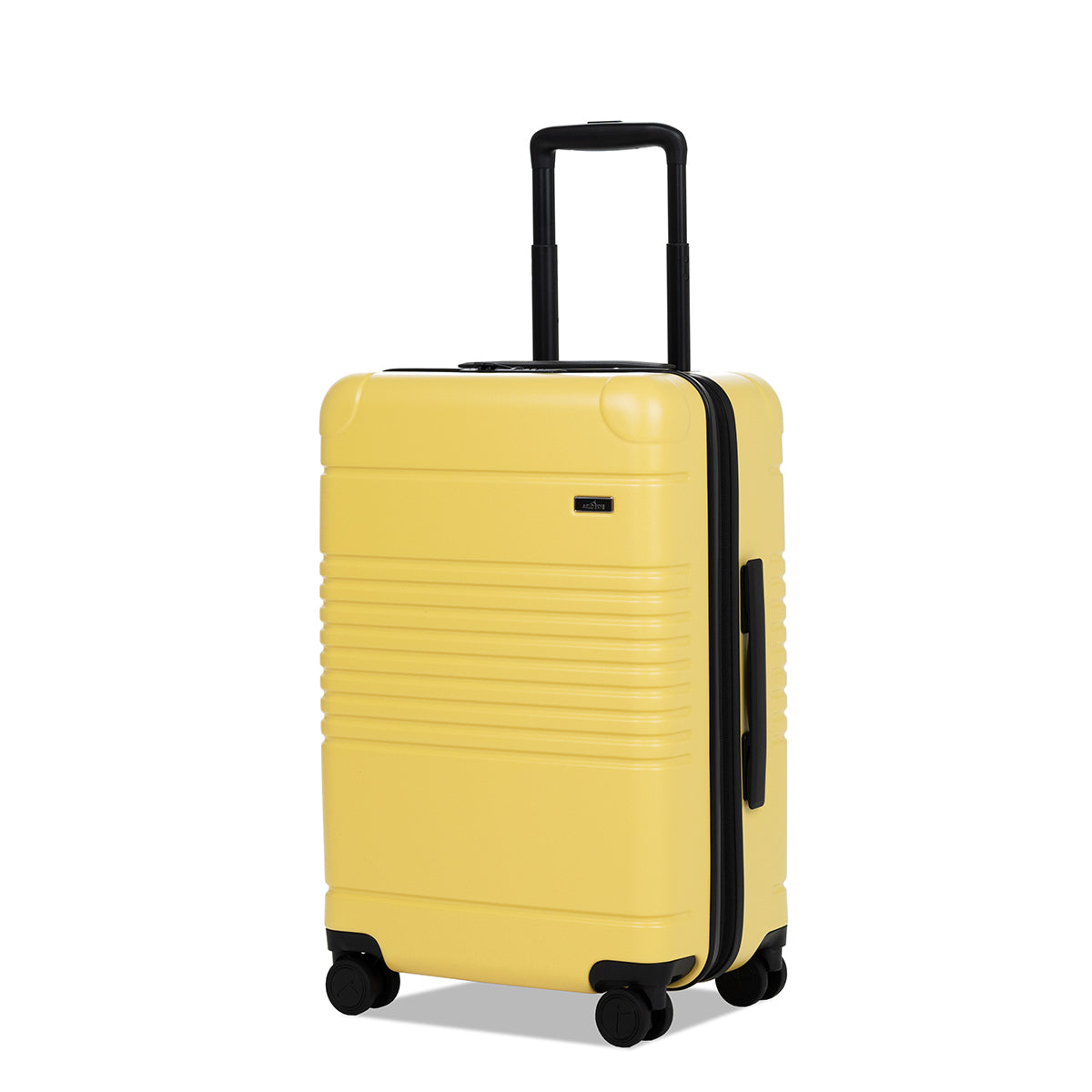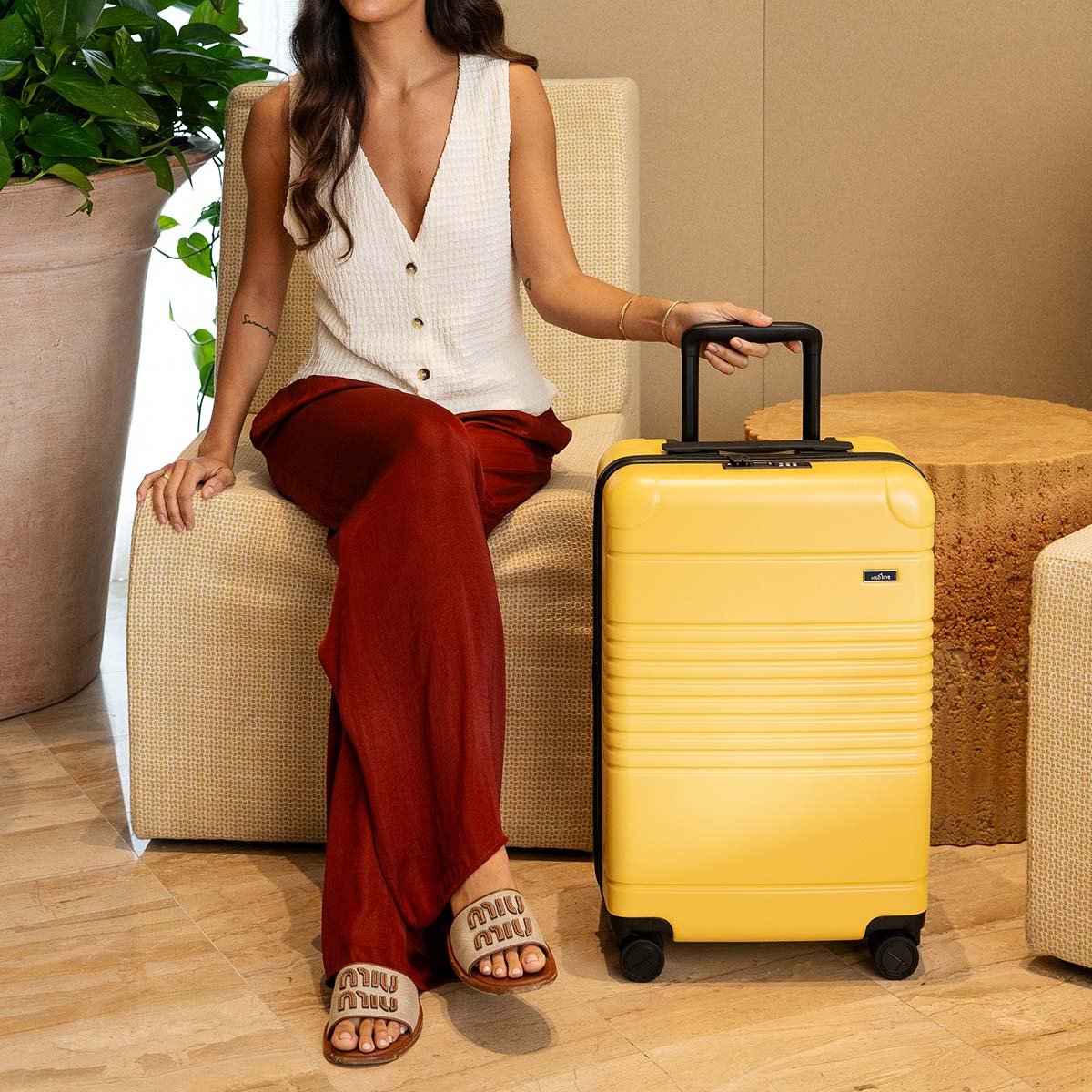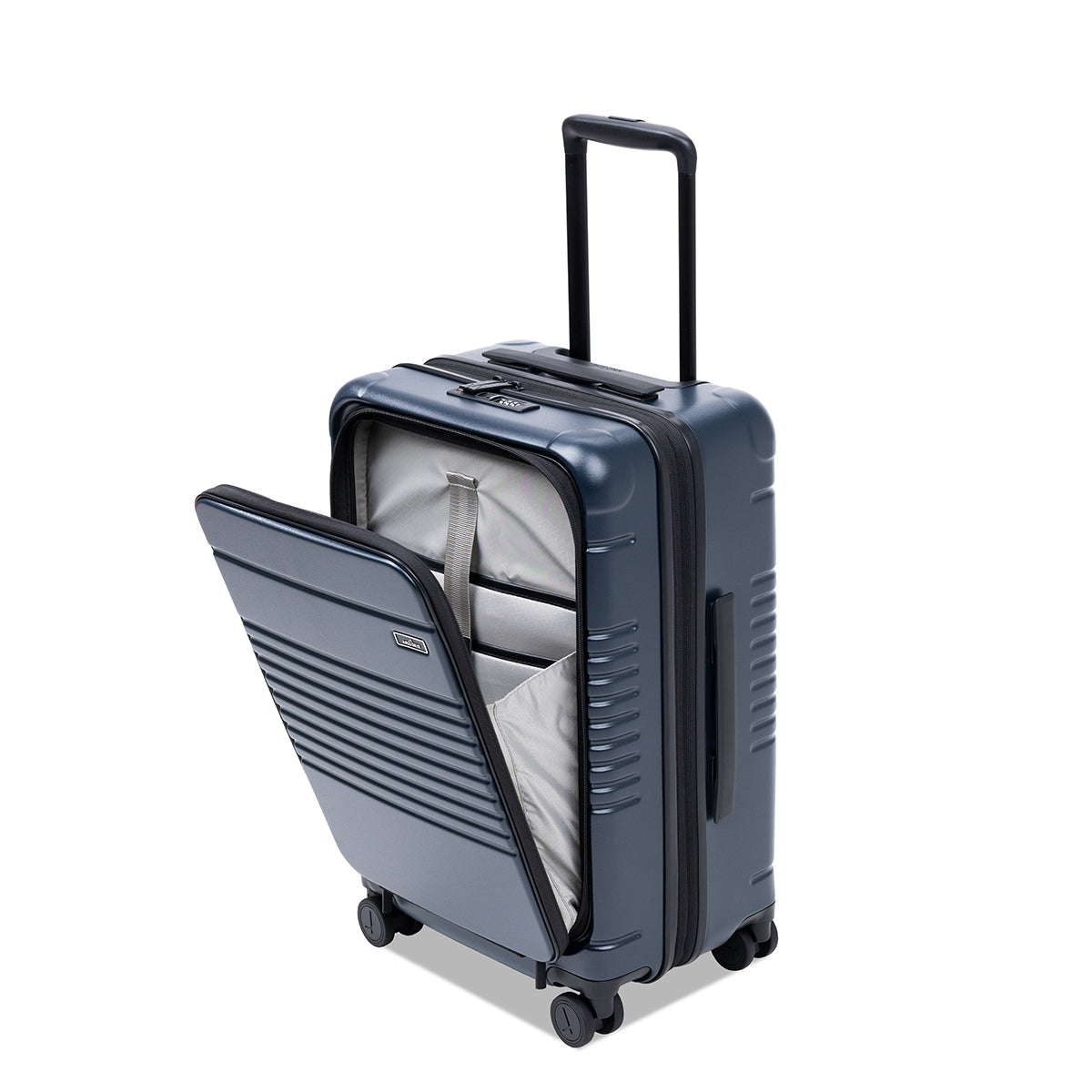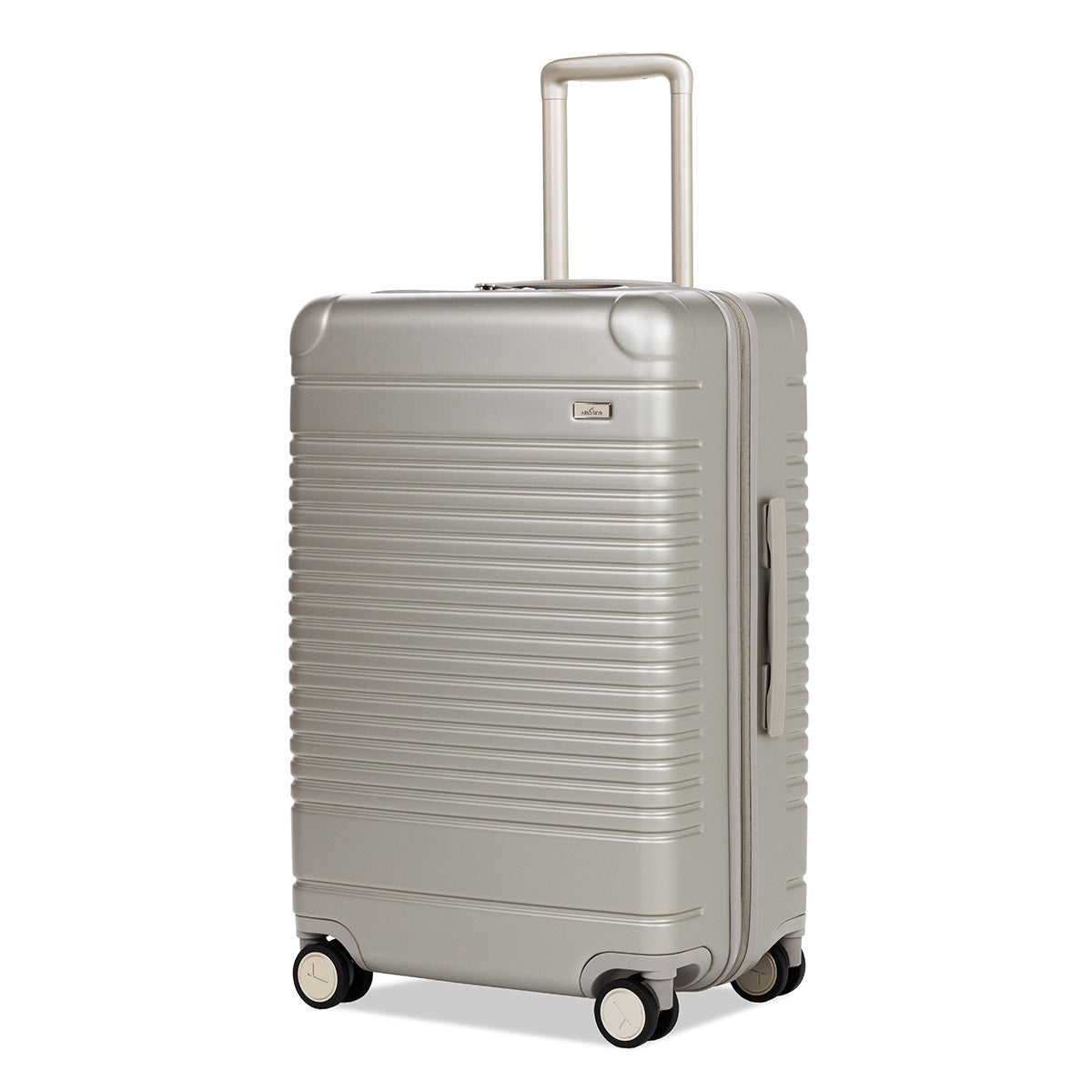The long-haul flight is one of humanity’s most infamous tests of patience—few like it, yet we do it because what lies on the other side is worth the many hours in the sky. Sometimes the stars align and we are given the opportunity to take this trip in Business of First, providing a cushion of overall comfort and ease that makes 14 hours trapped in flight seem perfectly doable.
This post is for the times when the stars fail us, and we are challenged to fly 8 or more hours straight in economy. While this type of endurance flying may always come with many obstacles to personal happiness, the following tips can make it much easier.

Pick the right amenities
While there are many well-worn tips imperative to base-level travel comfort (hydrate, wear comfy layers, stretch, moisturize, don’t drink coffee or alcohol, avoid the middle seat, etc.), we are now in the information age. Meaning? The more you can learn about your airline of choice, the better. Case in point? The in-flight entertainment provided by airlines varies greatly, from encyclopedic offerings to meager pickings. If you’re an avid reader or have a bunch of yet-to-be-listened-to podcasts in the hopper, this might not matter to you. But if you want to spend your time being properly entertained, find out what the airline you are traveling with offers. Asian airlines (including the Middle East) offer the better In-Flight Entertainment (IFE) systems. You’ll find the top-rated ones in Qantas, Emirates, Qatar, Etihad, Singapore and Cathay Pacific. Seats are also integral to long-haul happiness, so the easiest thing to do is to check with Seat Guru before booking to make sure that you aren’t inadvertently wedging yourself next to the restroom. Finally, get next-level and hack your happiness by choosing an airliner that actually accounts for human comfort. Our favorite is the Boeing 787 Dreamliner, an aircraft where internal pressure is kept at a lower altitude, plus they have a humidity control system that doesn’t dry you out.
Manage your time and mood
According to frequent flyer Brandon Smith—who clocks more than 100k miles in-flight each year with his Arlo Skye luggage—to keep from getting tired grumpy after touching down, “Begin aligning yourself to the new time zone at least a day early with bedtime/wake up; even an hour or two helps. Then, force yourself on the flight to adhere to the new time zone you’re traveling to. Use the sunlight to help reset your body clock (i.e. for those with a window seat, if departing and your new time zone is daytime, keep your window open while being considerate to those sitting in your row). The first day of travel and the last day of travel is the day to reset your body clock…no matter what, grit it out. No long naps…nothing over 90 minutes.” And while all flights come with a side dish of unexpected noise—in the form of fussy babies, chatty air hosts and buzzy neighbors—Smith has a nap hack: “Find a white noise app and use it consistently…earbuds coupled with white noise lets you fall into a normal sleep pattern and helps drown out noises. But you have to use it consistently or it is not as much help.” Noise-canceling headphones are another option, but just remember to bring an adapter so that you plug it into the IFE system. And note that Bluetooth noise-cancelling headphones that do not have a cord will not work with IFE systems.
To that end: snacks
Just like IFE, all airlines are not created equal in terms of meals and snacks, and economy offerings can be extremely limited. But there are some stars in the sky. According to Travel and Leisure, long-haul flights on Korean Air “feature dishes like samgak gimbap, pizza, and shrimp-flavored Korean snacks like Saewookkang,” while Japan Airlines “offers a sky bento box for economy passengers on Korea routes flying to or from Japan…plus dessert cream puffs stuffed with everything from green tea to strawberry fillings.” In terms of a non-alcoholic beverage worth flying for, “Finnair has been serving a signature drink of fresh blueberry juice since 2014, starting with short-haul flights and expanding it to long-haul flights after passengers continued asking for the popular selection. Passengers now go through one million liters of the drink per year.” But food intake itself can make a long-haul flight agonizing if not done properly, so beware. Dr. Shelby Harris, a behavioral sleep-medicine specialist, advises passengers to “‘aim to eat lighter meals, and if the flight is at night, try and eat a combination of complex carbohydrates and protein beforehand as the combination can help with increasing sleepiness.” Dr. Harris also suggests considering intermittent fasting, which can “help get your circadian rhythm on track for your next destination… Not to mention, it will ensure you’re not exacerbating ‘jet bloat,’ which happens as the cabin altitude air pressure falls.”
If you’re more of a DIY snacker, we crowd-sourced some BYO snack recommendations via Senior Editor of My Recipes, Margaret Eby's Twitter feed. Here are our favorites.
@ChandrasPlate: “Sliced apples, prosciutto, crackers and cheese - I like to have a cocktail party vibe in my seat.”
@giuliapines: “I always pack cucumber sticks...at hour 6 you're going to be desperate for something fresh and green and cucumber does double duty of holding water so feeling refreshing/hydrating. Pack salt & pepper separately.”
@AmyZeats: “I bring mini bottles of bitters, ask for sugar packets, and make Old Fashioneds. That’s a snack, right?”
@jennromolini: “Tons of water, protein (salmon jerky + nuts), sliced apples, pretzels, edibles to put me to sleep.”
@schuyler_v: “Protein. This is a scenario where babybel cheese is super useful, also anything that’s an easy conduit for peanut butter. I’ve also started packing my own sandwich for long and short flights and it’s a game changer.”
@annieezillabeth: “Melatonin gummies.”
Sounds like a plan. Just remember that if you’re bringing anything creamy like peanut butter, brie, or burrata cheese in your carry-on, then keep it to 3.4 ounces / 100 ml since it’s considered a “liquid” by the TSA. Hard type cheeses like Cheddar and Emmental are good to go in-cabin. According to TSA press secretary, Jenny L. Burke's interview with The Washington Post, “the general rule that we tend to tell people is that if you can spray it, spread it, pump it or pour it, it should go in your checked bag.” We’d add that it’s best to leave any fresh fruit or veggies in the plane before disembarking in order to avoid any snafus with customs and border protection.









